The stock market is entering a critical week, with the upcoming Consumer Price Index (CPI) report expected to play a pivotal role in shaping Federal Reserve policy and market direction. Wall Street is on edge, anticipating significant swings as investors and traders position themselves ahead of the data release.
Elevated Volatility and Market Uncertainty
Last week, the market witnessed heightened volatility, with the Cboe Volatility Index (VIX) reaching levels not seen since the pandemic. Traders are bracing for the S&P 500 to move approximately 1.2% in either direction on Wednesday when the CPI figures are released. The options market is pricing in potential significant moves, with particular attention to Fed Chair Jerome Powell’s upcoming remarks at the Jackson Hole symposium and Nvidia Corp.’s earnings report.
Rocky Fishman, founder of derivatives analytics firm Asym 500, highlighted that the market hasn’t signaled an all-clear yet. “When volatility is high, it’s historically a good time to buy equities, but much of that has already happened. The CPI report will be a crucial catalyst,” he said.

Defensive Stance and Costly Insurance
Despite the S&P 500 rebounding from a steep decline earlier in the week, traders remain cautious. Contracts protecting against a 10% drop in the SPDR S&P 500 ETF Trust (SPY) are priced at their highest levels since October, reflecting lingering concerns about market stability.
Thomas Urano, co-chief investment officer at Sage Advisory, noted the market’s sensitivity to economic data. “We’re at an inflection point where bad news could trigger a Fed pivot, but if data softens further, it could disappoint investors and lead to larger market swings,” he warned.
Labor Market and Yield Curve Signals
The labor market remains a focal point for traders, especially with the Fed’s dual mandate of managing inflation and ensuring full employment. Recent unemployment data has been mixed, adding to the uncertainty. The yield on the 10-year Treasury note has returned to levels seen before the latest jobs report, but the inversion between two- and 10-year yields—a traditional recession signal—remains a concern.
Urano added, “The economy hasn’t flashed reliable signals since the pandemic disrupted normal business activity. The yield curve inversion still matters, but its impact is muted and slower to manifest.”

A Whipsaw Week: Market on Edge Ahead of Economic Data
The previous week saw the S&P 500 experience both its worst and best single-day performances of the year. Monday’s 3% drop, driven by recession fears and overseas market turmoil, was followed by a 2.3% rally on Thursday after benign unemployment data eased some concerns.
Nicholas Colas, co-founder of DataTrek, observed, “A rally of this magnitude following a jobs report indicates the market’s fragile state and nervousness about economic data.”

The Week Ahead: CPI and Retail Sales in Focus
This week’s economic calendar is packed, with the CPI and retail sales reports expected to be the highlights. The CPI is projected to show a 0.2% rise in July, with consumer prices increasing by 3% year-over-year. On a core basis, prices are anticipated to have risen by 3.2%, slightly lower than June’s 3.3%.
Michael Gapen, head of economics at Bank of America, cautioned that while a soft retail sales report may not excite the markets, it won’t derail the broader economic outlook. “If the data aligns with expectations, we may see fewer rate cuts priced in for this year, reducing the likelihood of a significant cut in September,” he noted.
Conclusion: Volatility Set to Continue
As markets digest the CPI data and other key economic indicators, traders should brace for continued volatility. The outcome of this week’s reports could set the tone for the rest of the year, influencing Fed policy decisions and shaping the market’s trajectory.
Piper Sandler’s chief investment strategist, Michael Kantrowitz, summed it up: “We’re going to see a lot of good days, a lot of bad days, and a lot more market volatility than we’ve seen for most of this year.”





